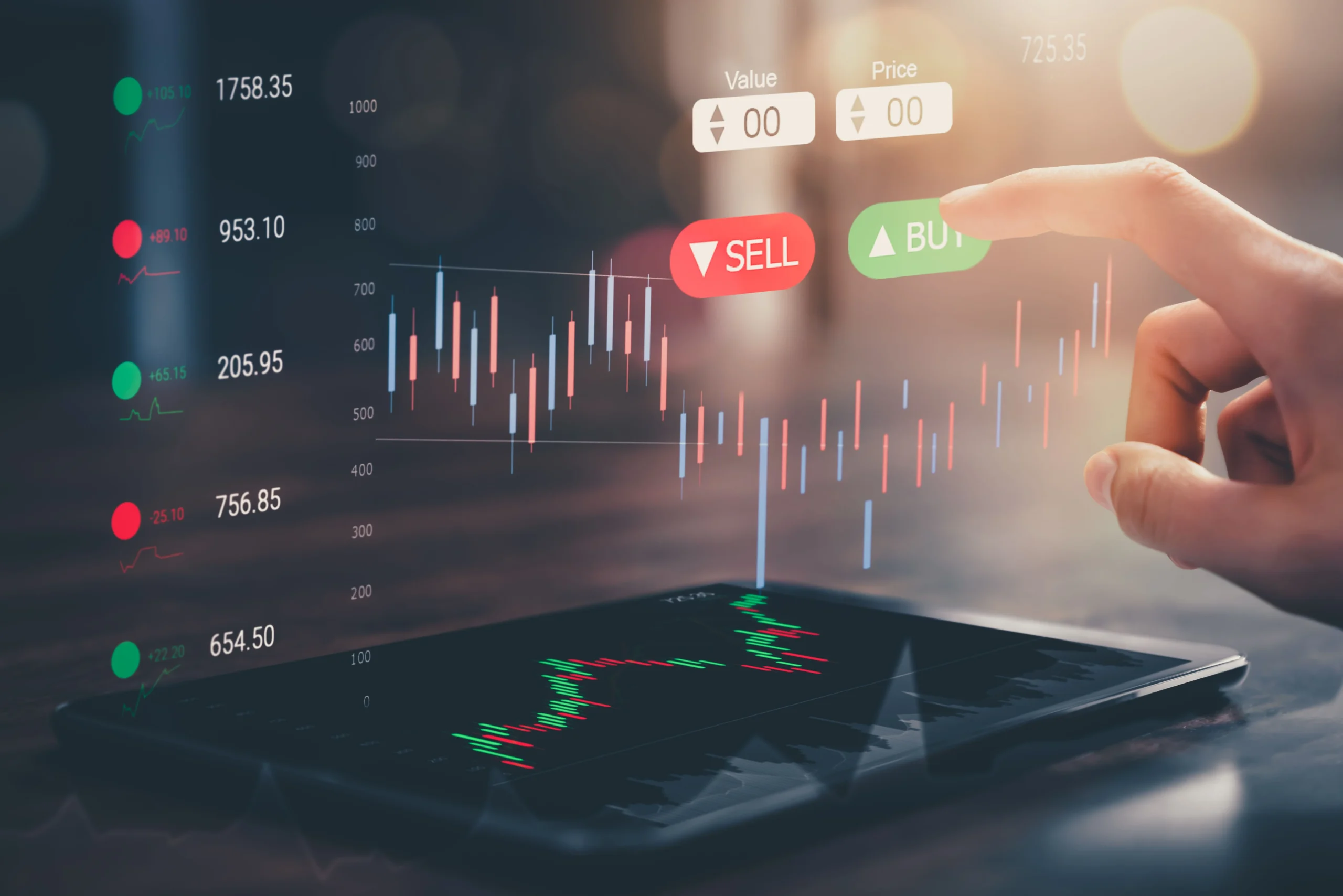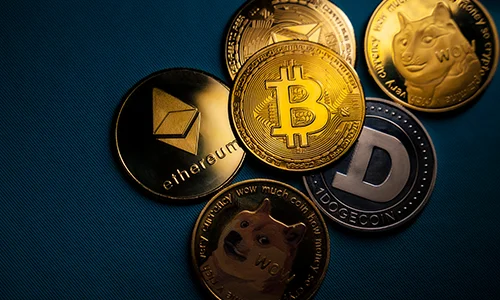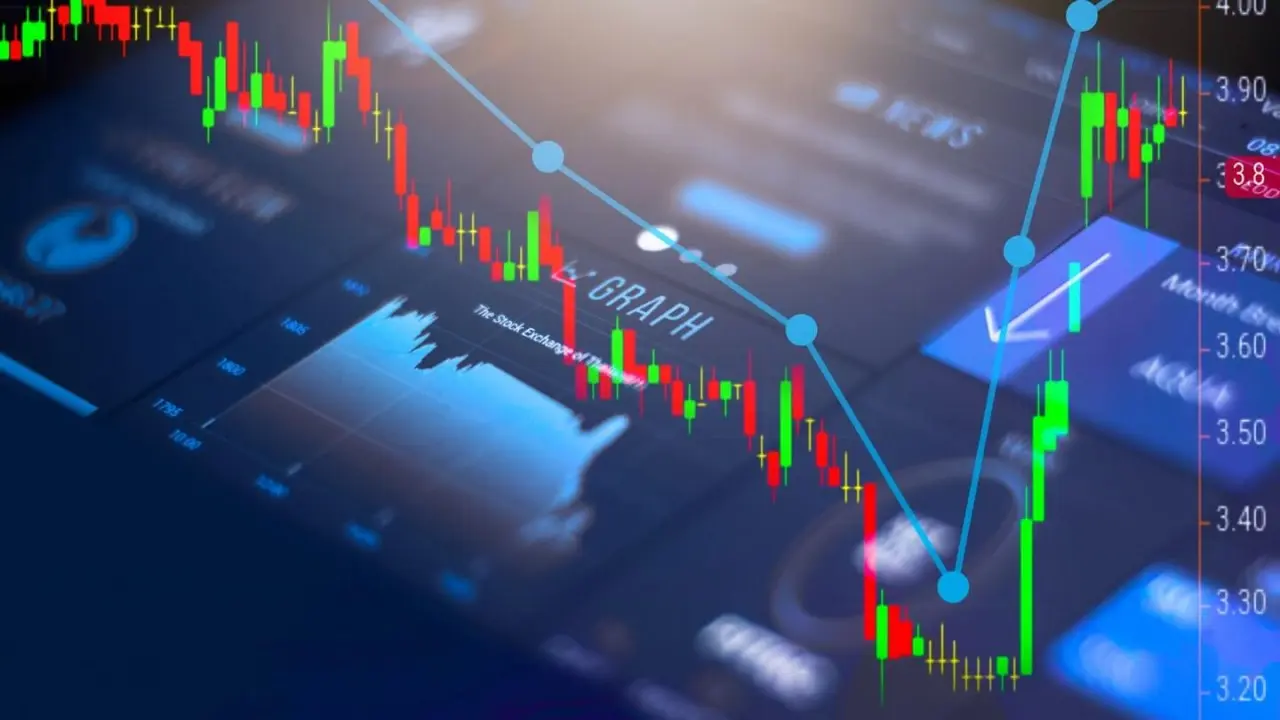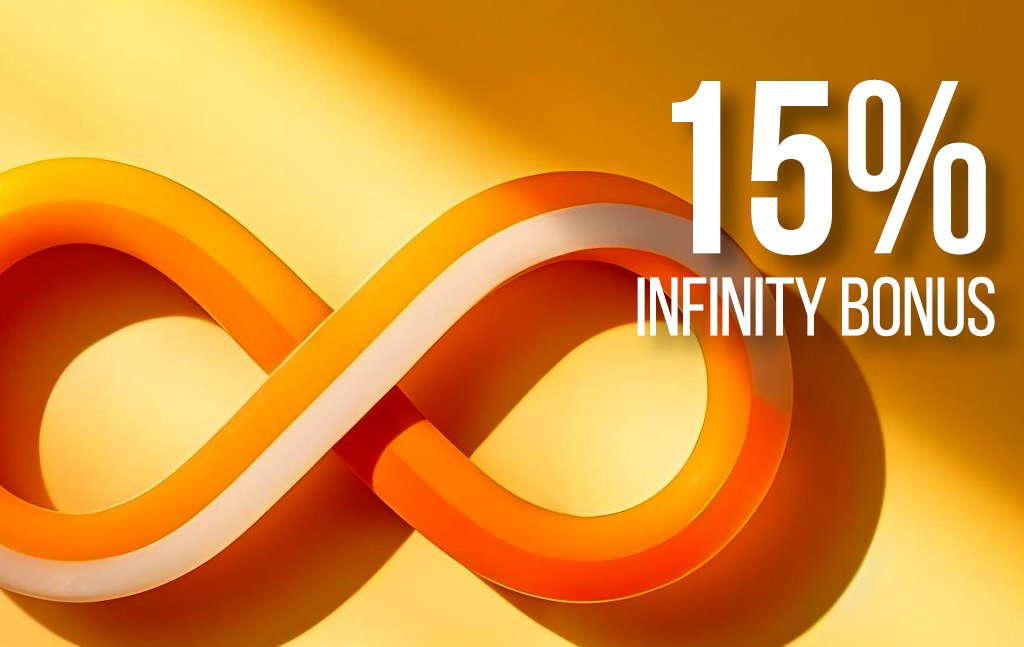With the rise of Bitcoin, institutional investors, and individuals try to find a great way to invest in cryptocurrencies. Cryptocurrency Mining was one of the best ways to profit from this new market. The mining industry peaked, and everyone was looking for graphics processing units (GPUs), and GPU manufacturers made huge profits from the increased demand in the market. Although the crypto mining Rush and eventually but the mining is still profitable. Here we will talk about crypto mining, how it works, whether it is legal, and where to start mining cryptocurrency. At Aron Groups, we will look at this question to provide complete answers. Stay tuned.
Table of Contents
What is crypto mining?
Suppose you are completely new to the cryptocurrency market. In that case, mining cryptocurrency is like mining gold or other valuable items. However, that’s different when you’re talking about mining cryptocurrency; we’re talking about a simple way to create new coins in a blockchain. In cryptocurrency mining, people validate cryptocurrency transactions on a blockchain network to add those transactions to the blockchain. Mining is a really important process because it avoids double spending of cryptocurrencies on a blockchain; whenever a member spends His cryptocurrencies, the blockchain will be updated. The whole process is designed to make manipulating digital platforms like blockchain impossible. Miners are responsible for securing the network from double spending, and the local cryptocurrency of that blockchain rewards them.
Everything starts with Bitcoin, and when we talk about Bitcoin mining, we are talking about that process where a Global Network of computers runs Bitcoin code to verify transactions and add them to the blockchain. Bitcoin mining is also responsible for releasing new coins into circulation; it is the mining that makes Bitcoin Network secure. You might think Bitcoin miners are making huge profits due to the high price of Bitcoin, but let’s remember that Bitcoin miners are providing high-powered computers to validate a series of transactions called a block, and this process is incredibly expensive. Miners are supposed to provide powerful computers whose sole function is to run a single algorithm and solve complex mathematical problems that might result in mining a Bitcoin block.
But there are some concerns about Bitcoin mining regarding the environment. The computers that are mining new Bitcoin use huge amounts of electricity that are produced by fossil fuels. On the other hand, the cost of electricity is tremendous. That’s why the Tesla company, that’s previously accepted Bitcoin for electric vehicle purchases, stopped taking this cryptocurrency as a payment medium in 2021. and the only reason was the above concern for the environmental toll of creating new Bitcoin, and Tesla didn’t want to be involved.
How does mining work?
A new block will be added to the blockchain in cryptocurrency mining since new blockchain transactions always need storage space. So, when a new blockchain transaction is made, it will be transferred to a memory pool. At this point, transactions are in line to be verified by a miner.
Every block in a blockchain has a limited capacity to store transaction information. A mining nude transfers unverified transactions to a memory pool and then stores those transactions into a new block.
But to find a new block, the miner is supposed to validate that block. And the miner is validating the block through mining. Miners are supposed to solve complex mathematical problems with the help of tremendous Computing resources and reach a validated block, and by doing so, they will be rewarded for both creating a new Block in the blockchain and verifying the transaction; in the following, we are going through the mining process in detail.

Hashing the transaction
The first and most step of mining a block is taking pending transactions that have been produced and stored in the memory pool and submitting them through a hash function. In this process, pieces of data will be submitted to a hash function to create an output with a fixed size called a hash.
Every hash is a string of numbers and letters that identify the transaction from which the hash has been produced, representing all the information about that transaction.
At this point, miners list each transaction individually and transfer themselves to block reward. And this is the first transaction to be stored in a new block which tells us a new coin has been released, and the following pending transactions are transfers from the memory pool to the new block.
To create a Merkle tree
At this point, every transaction that has been pending in the memory pool is hashed. Now it’s time to organize the hashes into a hash or Merkle tree. Miners are supposed to organize transaction hashes into pairs and then hash the pairs to create a hash tree.
The result of the hash as an outcome will be organized into pairs with other hashes to be hashed again. This process, better known as creating a Merkle tree, is repeated until only one hash is left: the root or the Merkle hash. The Merkle hash represents all the other hashes.
Find a block hash
every new block in the blockchain has a block header, an identifier for every block that makes it unique. Miners are responsible for giving every block a block hash, and for doing so, they combine the previous block’s hash with the root hash to create a new block hash; then, they are supposed to add an arbitrary number known as a nonce.
So, it is a complex process in which the miner simultaneously tries to validate a candidate block, and by doing so, he needs the previous block’s hash and the root hash with a nonce and puts all of them into a hash function and continues doing so until there is only a valid hash.
Miner cannot change the root hash of the candidate block or the previous block’s hash. The only variable miner can alter the nonce. So, the miner will repeatedly change the nonce to reach a valid hash. But how will he understand that the hash he found is valid? There is a rule applied here; it has considered to be a valid one when it is less than a certain Target value which is determined by the protocol.
Releasing new blocks
Miners will hush the block header using different nonces to find a valid block hash finally, and then they can introduce this block to the network. After broadcasting the new block, other nudes try to check if the block is a valid one or not, and after verifying the new block, every node in the blockchain will add the new block to their copy of the blockchain. The new block is confirmed at this point, and miners continue to find another block and verify transactions. So, it is a never-ending, time- and money-consuming process that can be a fruitful investment.
Can two blocks be mined at the same time?
Yes, two miners can announce a valid blockchain at the same time. At this point, the blockchain ends up with two blocks, and as the miners start to find another block, the blockchain will split into two different versions of the same protocol.
The two strings of blocks continue, and when a miner find a new block, whichever block comes before it is a winner, and the other one is considered an orphan block, and the miner must switch back to the winning blockchain.

Mining difficulty
The protocol determines the mining difficulty order size of a valid block hash to ensure every new block created has a constant rate. And by doing so, the issuance of a new coin in a blockchain is predictable. The mining difficulty is calculated as a proportion of the computational power needed to solve a hash.
Every time a new block is added to the blockchain, the hashing difficulty increases, and the average need time to create a new block wouldn’t decrease. And by doing so, the network ensures that the block time is constant regardless of Netflix’s total hashing power, and it will always be predictable.
Types of cryptocurrency mining
There are many ways to mine crypto, different equipment, and even techniques to find a new block. Every day there are new hardware and consensus algorithm emerge. In the following, we will discuss some of the most popular Mining methods.
GPU mining
In this method, miners use Graphics processing units that are specifically designed to process multiple tasks at the same time. GPUs are generally used for graphic renderings but can be used for mining processes. They are relatively inexpensive than the ASIC mining hardware, but the efficiency depends on the network’s mining difficulty.
CPU mining
CPU or Central Processing Unit mining uses a computer’s CPU to process the hash function by the proof of work algorithm. It is funny that in the early days of Bitcoin, a simple computer using a regular CPU could be used for mining Bitcoin. But as the number of miners increased, the network mining difficulty increased as well, and nowadays, it is impossible to mine Bitcoin using regular CPUs. And CPUs need to be more powerful to solve complex mathematical problems.
proof of work
As you know, miners compete to be the first to generate a new block, and the first miner is responsible for adding the block to the blockchain and will receive the reward.
Miners must perform a hash function that refers to the previous block and create an Unbroken blockchain that leads back to the original or first block. And this is how other miners on the network can verify whether the new block is valid. This process is called the proof of work or PoW algorithm.
ASIC mining
ASIC Mining, or an application-specific integrated circuit, is a unique solution to mining cryptocurrencies. It is designed with a sole purpose. ASIC Hardware’s extremely expensive, but they are high technology; it is the latest technology for mining cryptocurrency, and the cost of providing this hardware is much higher than that of a CPU or GPU.
With the advancement of technology, miners are supposed to regularly replace the previous ASIC models.
An inexpensive choice
Now we will talk about mining pools; these pools have been created as a result of the constant failure of miners to find a new block because only the first successful miner is granted a block reward. On the other hand, Mining equipment is expensive, and only some can provide hardware powerful enough to find a block. So, miners with a small percentage of mining power do not have a higher chance of creating a block, so day pull their computing power together in a mining pool to share the reward according to the computing power they have provided. Mining cryptocurrency using mining holes is a perfect way for individual miners in terms of electricity and hardware cost.
How to mine cryptocurrencies?
To start mining, you are required to provide computers with powerful computational powers and unit-specific software design to solve complicated cryptographic mathematical equations. You can use GPU or CPUs and participate in a mining pool to share Your Computational power or invest in ASIC Hardware.
How does Bitcoin mining work?
The mining scheme started with Bitcoin, the well-established Mine of cryptocurrency in the market that uses a proof of work consensus algorithm.
Devolution was created by Satoshi Nakamoto, the anonymous creature of the blockchain; according to this algorithm, the miner will be rewarded for creating a new blockchain only when all distributed participants in the network reaches a consensus. And the reward of creating a new block varies from one blockchain to another. In Bitcoin, a halving mechanism catches in half the block reward every 210,000 blocks, which is approximately 4 years.
Is mine in cryptocurrency a perfect investment?
Pictures of hard questions to ask and how they want to answer because it depends on many factors, what type of hardware or software you are choosing to mine cryptocurrency, what is the difficulty of mining a Blog in your favorite cryptocurrency blockchain, how much electricity power consumption you are calculating what is the overall cost?
Mining cryptocurrency is a costly investment, the cost of electricity alone is tremendous, and ASIC miners Consume 72 terawatts of power every 10 minutes to create a single Bitcoin. As technology advance and the difficulty of mining a block in the blockchain increase, the cost rises.
But one cannot say that it is impossible to make money through mining cryptocurrencies; if you are careful enough and think about your risk management and do thorough research, your investment can be profitable but remember, cryptocurrency price is volatile, and cryptocurrency protocol is changing so you need to ask us the potential cost and benefits of mining before starting to mine cryptocurrencies.
You might need to upgrade your mining hardware to create a block repeatedly. On the other hand, there might be changes in the reward amount due to Bitcoin holding that will catch the reward of mining a block in half; there are other changes, such as aquarium switching completely from the proof of work algorithm to the proof of stake consensus mechanism.
In the end
cryptocurrency mining is an important part of the Curator Market and every blockchain you have ever heard of; it is the main function that keeps the network secure and ensures the insurance of new coins predictably. It is a perfect way to make passive income, but you need to learn many things about mining and mining hardware to make a real profit.
You need to invest in expensive equipment and pay a high cost of electricity to compete with other miners or participate in a mining pool. No matter which way you use to participate in the cryptocurrency mining niche, you should research and evaluate all potential risks, which are many. We at Aron Groups will provide you with useful information about cryptocurrency trading and mining, hoping that you will become a professional, experienced Trader.
































